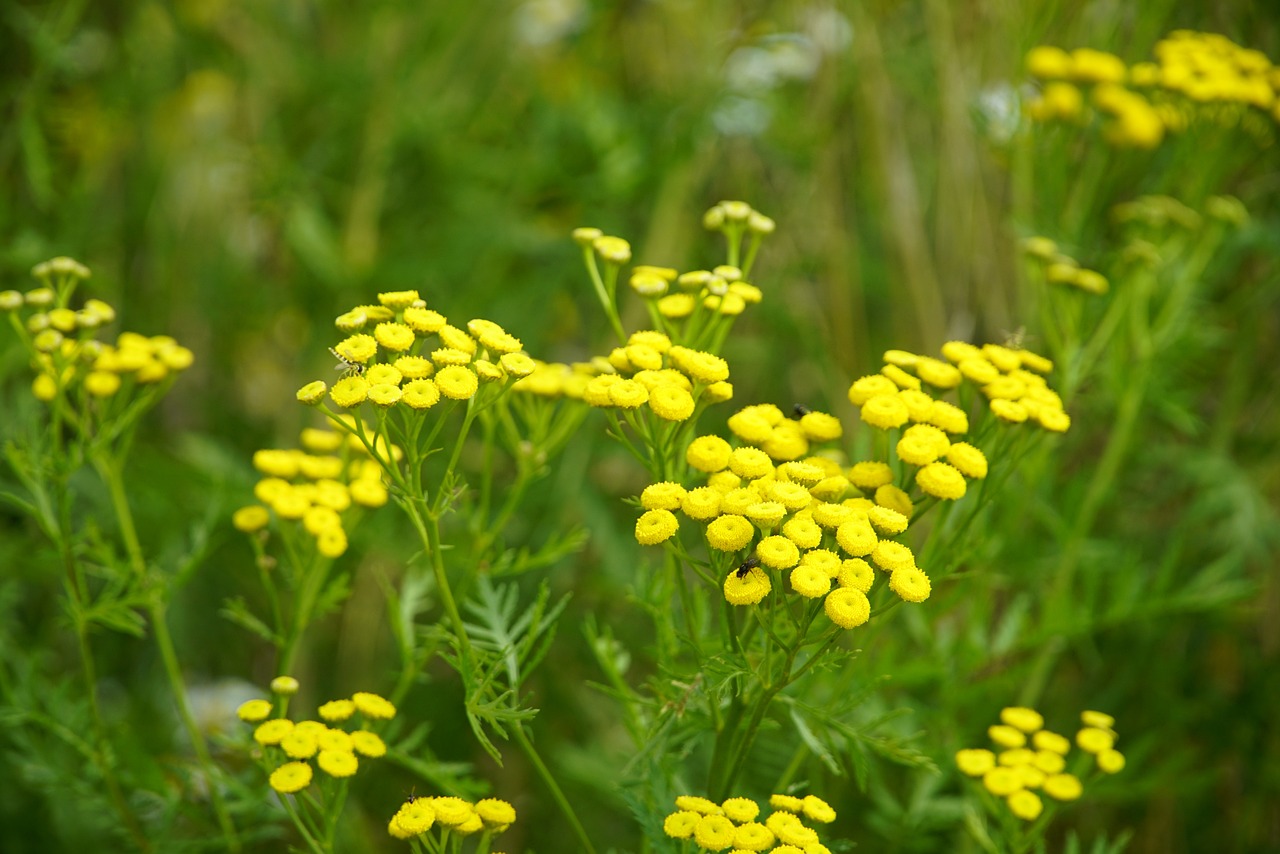Smoking Mugwort
When smoking mugwort, it’s important to use dried leaves rather than fresh to achieve a smooth smoking experience. To prepare mugwort for smoking:
- Hang bundles of mugwort to dry in a cool, dark place with good air circulation for about a week until the leaves are crisp and crumbly.
- Remove the leaves from the stems and crush or grind them into small flakes. A herb grinder works well for this.
- Use mugwort alone or mix it with other smoking herbs like damiana, mullein, or cannabis in a pipe, water bong, or as a hand-rolled herbal cigarette.
- Start with a small amount, taking a few puffs and waiting a few minutes to observe the effects before slowly smoking more if desired.
The effects of smoking mugwort include mild euphoria, relaxation, vivid dreams, and enhanced intuition or spiritual awareness.1 Some people also find it helpful for lucid dreaming and astral projection.
Mugwort Tea
To make a mugwort tea for digestive support, menstrual cramps, or to promote vivid dreams:
- Use 1-2 teaspoons of dried mugwort leaves per cup of boiling water.
- Pour the hot water over the herbs and let steep for 10-15 minutes.
- Strain out the plant material and drink 1-3 cups per day.
- For dreams, drink a cup 30-60 minutes before bed.
Mugwort can have a strong, bitter taste, so a bit of honey may be added if desired. It combines well with mint for flavor and added digestive benefits.
Mugwort Tinctures
Mugwort tinctures are another effective way to consume the herb in a concentrated liquid extract form. Tinctures are convenient, have a long shelf life, and are easily absorbed. To make a mugwort tincture:
- Fill a clean glass jar about 1/2 to 3/4 full of dried mugwort.
- Pour 80-100 proof alcohol over the herb until it is completely submerged and the jar is full.
- Seal the jar with a tight-fitting lid and store it in a cool, dark place for 4-6 weeks, shaking occasionally.
- Strain out the mugwort with a coffee filter or cheesecloth, squeezing out the excess liquid. Store the finished tincture in dark glass dropper bottles.
- Standard dosage is 1-2 ml taken 2-3 times per day, or 3-4 ml before bed for dreams.
For a weaker tincture, a ratio of about 1 part mugwort to 5 parts alcohol can be used. Apple cider vinegar may also be used in place of alcohol to make an alcohol-free extract.
In addition to being taken internally, mugwort can be infused into oil and applied topically. Mugwort-infused oil makes an excellent massage oil for sore muscles, menstrual cramps, and arthritic joints.2 To make mugwort oil:
- Loosely fill a glass jar with dried mugwort.
- Cover the herb completely with a carrier oil like olive, jojoba, or coconut oil.
- Place the jar of oil and mugwort into a saucepan half filled with gently simmering water for 2-3 hours.
- Turn off heat and let the oil cool before straining out the herb and bottling it.
Or, for a slower infusion that doesn’t require heat:
- Place the jar in a sunny windowsill for 3-4 weeks, shaking daily.
- Strain and bottle as before.
When burned as incense, the smoke of mugwort is said to clear stagnant energies, aid divination, and stimulate intuition and dreamwork.3 It can be burned on charcoal discs or in bundles. To make a small mugwort bundle:
- Gather a small handful of mugwort stems and leaves, with or without the flowering tops.
- Tie the bundle tightly with cotton string and hang to dry for at least a week.
- Use a candle or match to light the bundle and blow out any flames so it smolders. Waft the smoke as desired with a feather or fanning motions.
However it is used, mugwort is considered a powerful visionary herb that can open the mind and senses to other levels of awareness. Its effects are often described as dreamlike yet clearheaded.
As with any herb, it’s important to exercise caution and listen to your body. Some people may be allergic to mugwort, especially those with allergies to ragweed. Consult your healthcare provider before use if you are pregnant, nursing, or have any serious health conditions.4
In summary, whether smoked, sipped as tea, applied topically in oils, or burned as incense, mugwort offers a versatile array of benefits to explore in your herbal practice. With mindful use and respect for its powerful properties, mugwort can be a valuable ally on your journey of health and self-discovery.

